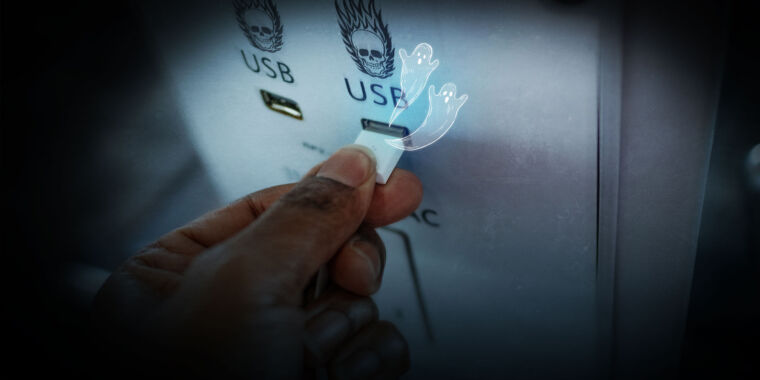Heard about this on the local NYC news this morning and this is actually the first time I've heard this term. Probably most here are aware of the potential risks but anyway.
The @FBIDenver Twitter account tweeted last Thursday that people should avoid free public charging stations at locations like "airports, hotels, or shopping centers" because of this cybersecurity risk. The alliterative term "juice jacking" refers to "bad actors" who have hacked or otherwise altered public USB ports so that when an unsuspecting user plugs their device in to charge, it can be infiltrated with malware or monitoring software.
The Denver FBI said their warning was merely a public service announcement and was not prompted by any particular recent incident. "Juice jacking" is a term that's been used for decades, with regular warnings making the rounds. The Federal Communications Commission has a dedicated page to the scam, noting that "malware installed through a dirty USB port can lock a device or export personal data and passwords directly to the perpetrator."






